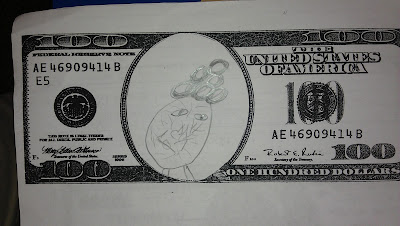 We are working on the writing process by making "All About Me" books. I found a fun, unique book to read to the kids before revising word choices called The Boy Who Cried Fabulous by Leslea Newman.
We are working on the writing process by making "All About Me" books. I found a fun, unique book to read to the kids before revising word choices called The Boy Who Cried Fabulous by Leslea Newman. The story follows a boy who overuses the word "fabulous" because he is so amazed by the world around him. Everything is so fabulous that he must comment on the fabulous-ness of it! His attention to the beauty of the world causes him to dilly-dally, so his parents ban him from using the word again. The boy must be creative in his word choice after this, which leaves the reader with many good alternative adjectives, mostly synonyms for "fabulous".
 The book led to conversations about overused words and a brainstorm of better words to use. When I sent the kids out to revise their word choice, I was pleasantly surprised by the results. So many changed to using words that were fun to read, and I have seen an evolution in their Daily 5 writing since!
The book led to conversations about overused words and a brainstorm of better words to use. When I sent the kids out to revise their word choice, I was pleasantly surprised by the results. So many changed to using words that were fun to read, and I have seen an evolution in their Daily 5 writing since!











